From Nature To Nightlife, These Diasporic Artists Are Unearthing Untold Stories Of Migration
By Something CuratedOpening on 25 February and running until 25 March at P21 Gallery in London, Changing Track brings together five French artists from the African diaspora – Samir Laghouati-Rashwan, Randa Maroufi, Rayane Mcirdi, Valentin Noujaïm and Sara Ouhaddou – to explore notions of daydreaming, change and im/mobility. The exhibition, curated by Estelle Marois, uses Michel Butor’s novel La Modification, 1957, as a conceptual backbone. Butor tells the story of a character whose plans change as he travels by train from Paris to Rome. The novel shows how the process of moving through space and time alters the character’s thoughts, perceptions and perspectives. An investigation in itself, the narrative line intertwines several scales from memories and projections to impressions of a landscape unfolding through the window.
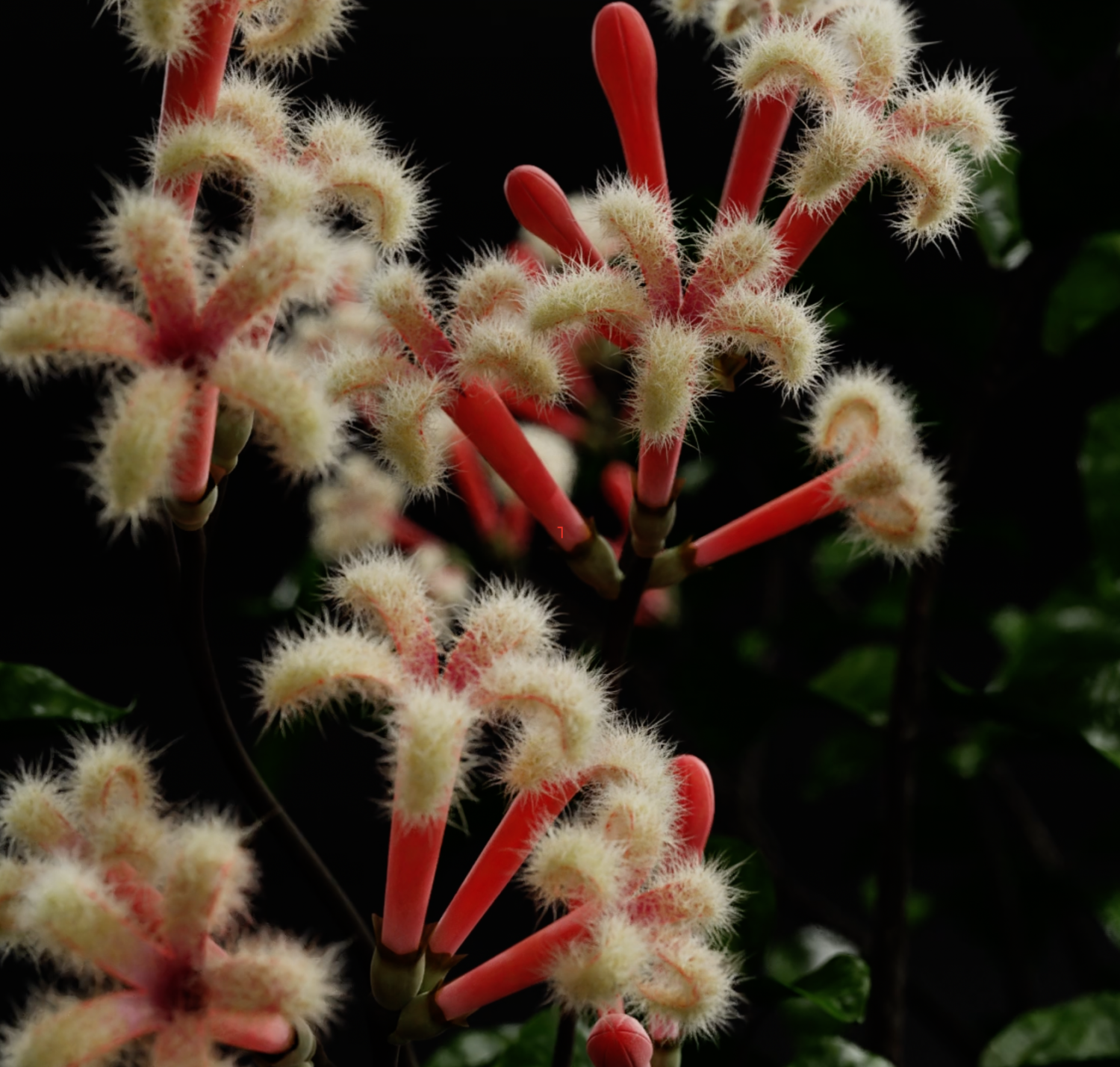
Changing Track features video and stained glass works, two mediums that function through an interplay between light and surface; traversing, transformed, absorbed or bouncing back, the rays draw straight or deviated trajectories. Among the artists presenting work is Valentin Noujaim, a French artist of Lebanese and Egyptian descent. Noujaim’s film focuses on a former patron of the Pacific Club, a nightclub active during the 80s in Paris. Known for being the first club to present hip-hop and soul music during the 80s in France, it was also one of the first venues to welcome POC immigrants. In a period that was rife with heroin and during the AIDs crisis, the club was an important haven for attendees. Very little has been written about the Pacific Club and although it sadly no longer exists, the stories, histories and memories reside in the people who used to frequent it.
Discussing his work, Noujaim tells Something Curated: “Défense : Volume 1 is a movie that speaks about the history of France – linked with the past but also with the future. Indeed, La Défense, which is the place where the Pacific Club was in the 1980s, was a neighbourhood that was built with an aim to mirror what France intended to be in the 3rd millennium. The “Arche de La Défense” was built for the 200th anniversary of the French Revolution. The idea was for France to stay forever on earth and for the motto “Liberté, égalité, fraternité” (“Liberty, equality, fraternity”) to last forever and go on the moon… the fascist idea and concept of the “forever lasting nation.” And there is a contrast between this neighbourhood, with this national history, and (at the same time and in the same place, in the basement) an individual history, a migrant history, a minority history that has been erased, not taken into account while writing the future of France.”
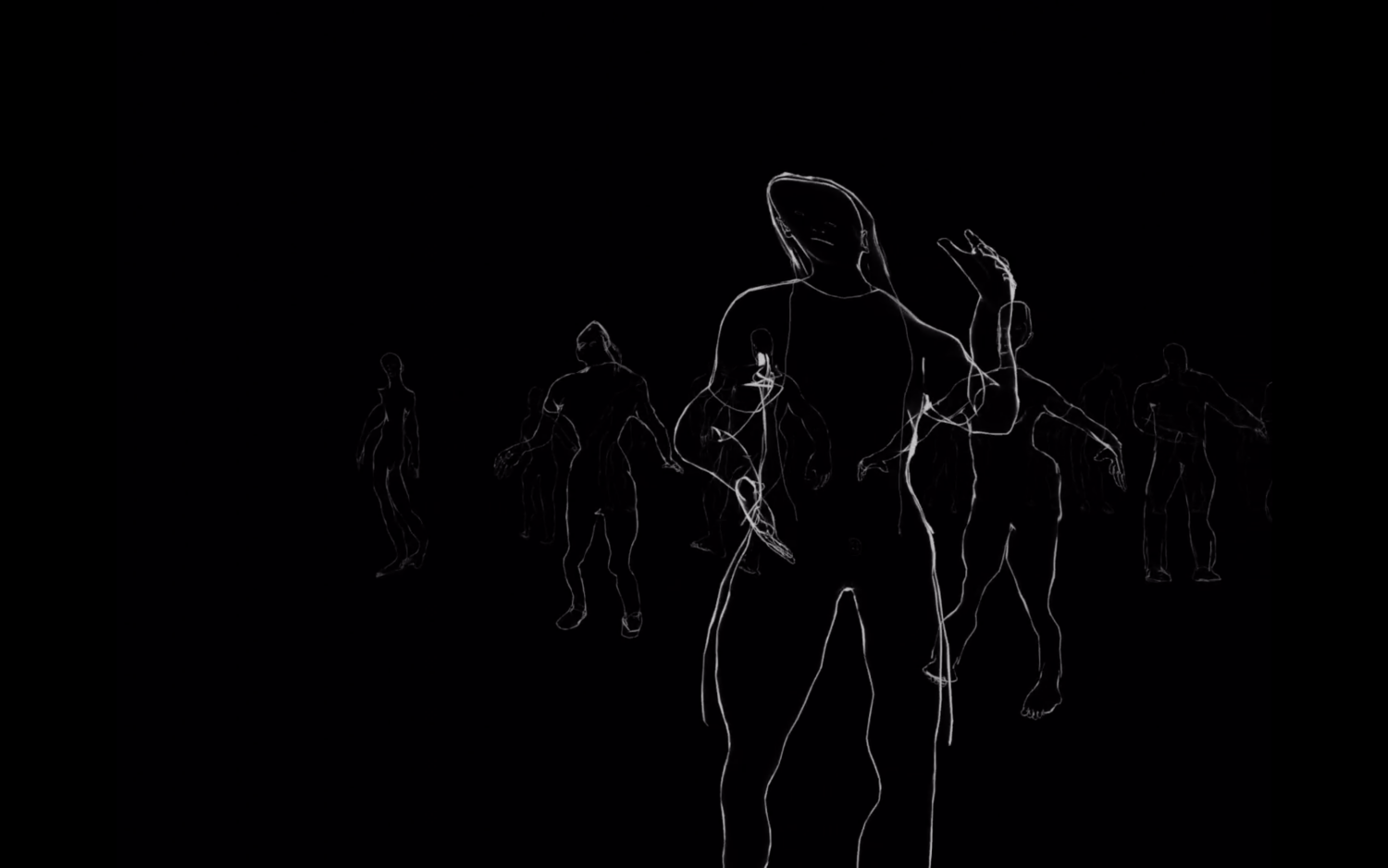
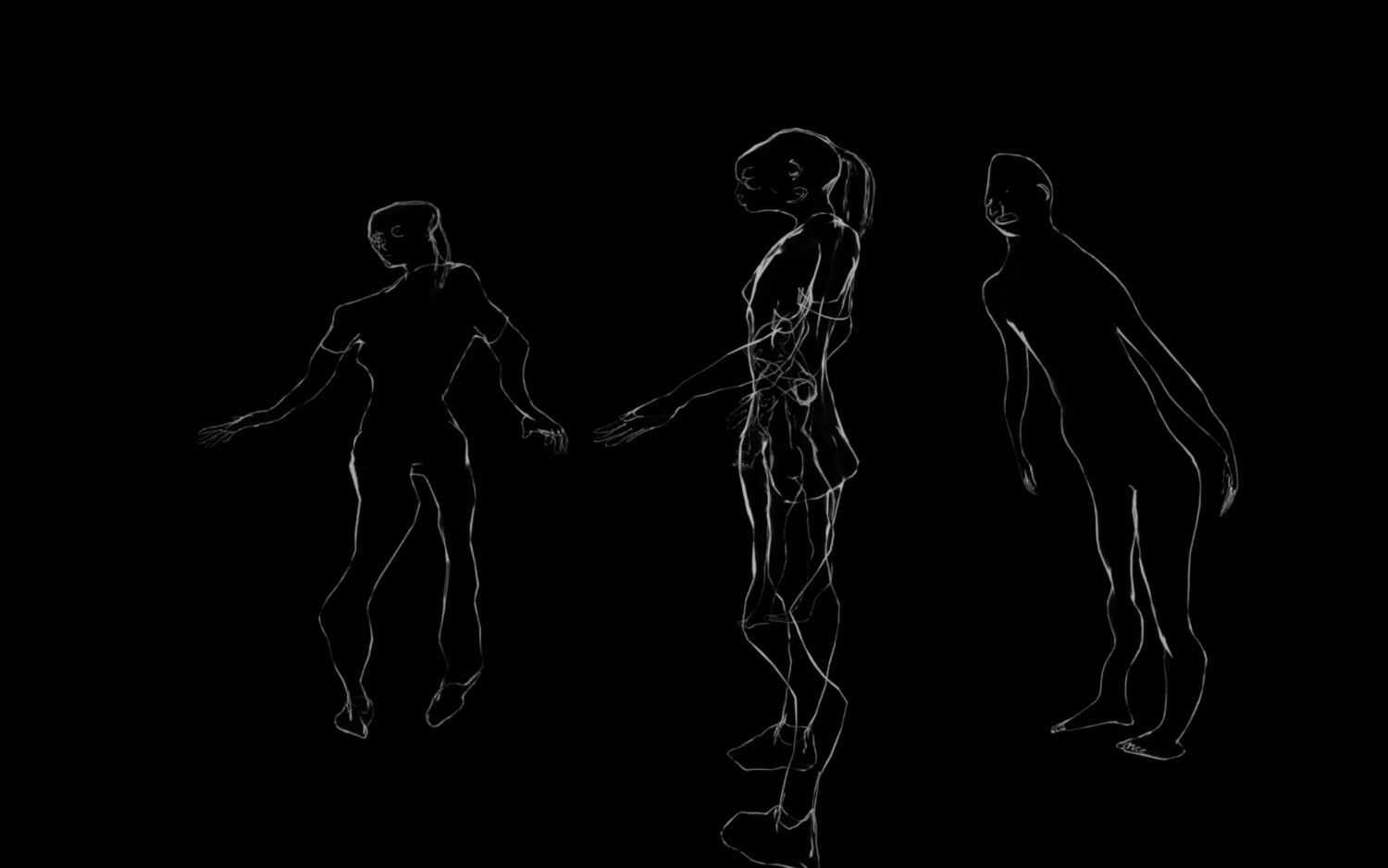
The artist continues: “This work is the first part of a trilogy about La Défense. I’m about to shoot the second part very soon; and the first one is about the Pacific Club. I wanted to talk about something that’s not much studied in France: first, segregation in 1980s nightlife; but also, the AIDS and heroin crisis in Arab communities in the 1980s – a taboo, that’s not much talked about. I actually discovered it when I was shooting the film. I was not planning it at first. Azedine shared with me his story, one of people dying around him. In the film he doesn’t express it in these words but he told me that for him it was a genocide. The French government let people die – not bringing any care to the people living in the suburbs. They only started to consider AIDS and heroin consumption when it started to affect more bourgeois, upper classes in France… I hope this film will create a conversation around this topic.”
Elsewhere on show in Changing Track, Samir Laghouati-Rashwan is a French-Egyptian artist presenting Quinquina Diaspora, a film exploring the history of the cinchona, a species of tree in Cameroon, partly through the perspective of the plant. The film explores the memory of the cinchona in Cameroon and the complex history of its forced migration, starting with the colonisation of the grass fields occupied for centuries by the Bamilekes. Like many plants, the cinchona has travelled different histories and countries throughout time with its own journey. While globalisation can make us feel like we have everything we need and want at the drop of a hat, this film helps draw attention to the geopolitical complexities surrounding plant life.
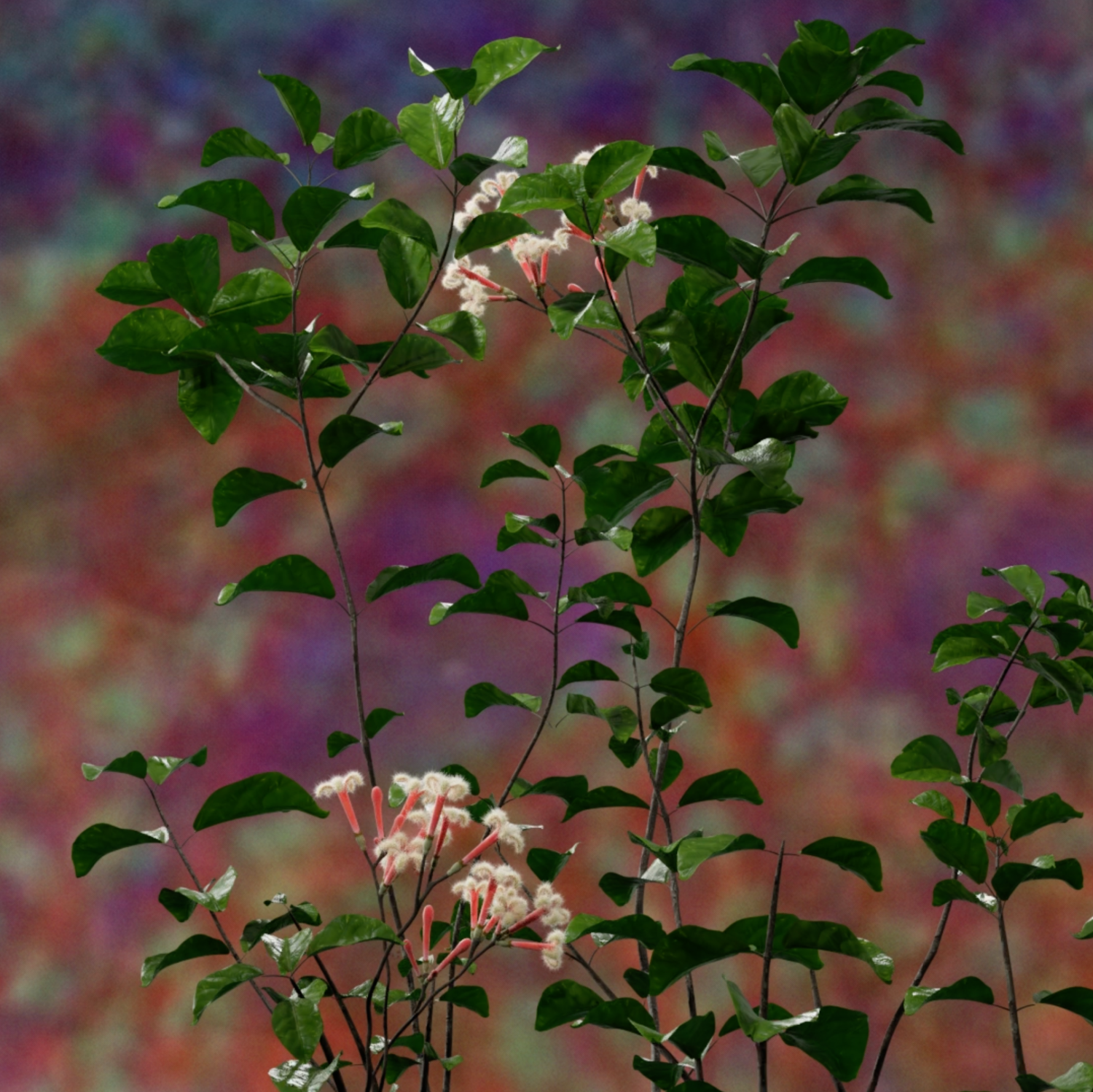
Laghouati-Rashwan explains to SC: “Quinquina Diaspora is a film I worked on for a year. There was time for research and then time to model the plants in 3D. The film is a discussion between two Quinquina plants, a tree originally from Peru. The older plant tells its story to the younger one, against a background of displacement, colonial past and intimacy with the Bamilekes in Cameroon.” The artist points out: “What interests me in making the plants the protagonists of the film is to reverse the point of view, to tell a story that only they know and have been able to feel. And by doing so, I question the usual view of plants, which would lead us to think that they are inferior to humans and therefore not able to communicate, feel and remember.”
Randa Maroufi, a French artist of Moroccan descent, will present her film Bab Sebta, named after a Spanish autonomous city just off Morocco called Ceuta. The artist tells: “Bab Sebta consists of a series of reconstructed situations based on observations made on the border of Sebta, a Spanish enclave on Moroccan soil providing the scene for an intense trafficking of manufactured goods, sold at discounted prices. Every day, thousands of people work there. Bab Sebta can be considered as an artistic experimentation that questions the limit of the representation. The protagonists were people who actually worked at the border of Sebta and whom I asked to replay their own role. In this film, my will is to transcribe this particular tension felt on this small territory separating Africa from Europe but also a more general state of the world.”
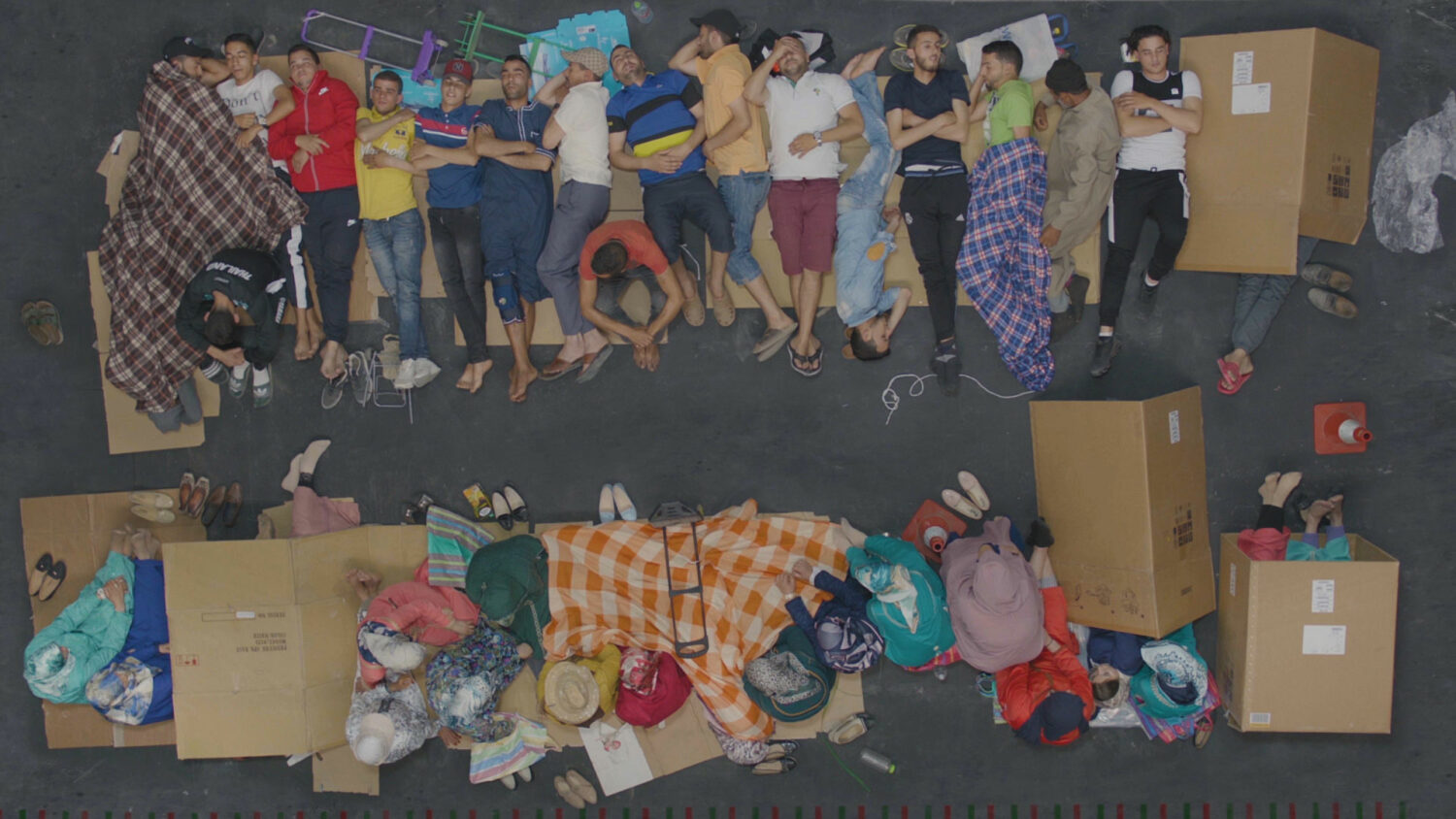
The city’s border is defined by painted lines across the tarmac and it’s across these surfaces that Maroufi’s work is filmed. Shot from above, the film follows the rituals and gestures of everyday life taking place across state lines. Meanwhile, a voiceover recounts the tribulations of border police and traffickers alike, telling tales and educating viewers on how different cultures are moving through the space. Maroufi notes: “The film was shot with two different points of view, a zenith and a frontal one. The choice of the zenith point of view seemed important, adequate and fairer to analyse a topic related to the separation of two territories, it allows to realise the cartographic dimension of the project, it can recall the architecture, the topography but also monitoring. The frontal travelling allowed me to obtain the delicacy of the details and the situations, but also leave a place to the human figure, and reveal the faces.”
Changing Track runs from 25 February-25 March 2023 at P21 Gallery, London.
Feature image: Randa Maroufi, Bab Sebta, 2019. © Randa Maroufi